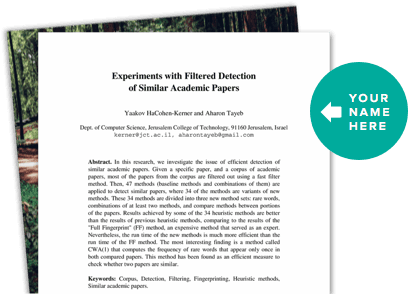Methods
Summary
- The system is attached to a buoy and floating around the buoy.
- The water enter in the PVC tube and through the top of the bottle.
- Water passed through the bottle and then the free floating DNA and
- cells can be fixed to the cotton fiber during 24 hours.
- After that we will remove the bottle put them in the fridge before their transport to the Lab.
Challenges
Technical Challenges
Maintaining Position and Buoyancy
- Challenge: Ensuring the system remains stable and correctly positioned around the buoy for uniform water collection.
- Potential Solution: Utilize stabilization devices such as weights or light anchors and additional buoys to maintain orientation and buoyancy.
Water Entry into the PVC Tube
- Challenge: Ensuring efficient water entry into the PVC tube and proper flow through the system.
- Potential Solution: Design optimized intake openings and check them at least every 4 hours to ensure they are not obstructed by marine debris..
Fixation of DNA and Cells on Cotton Fiber
- Challenge: Maximizing the efficiency of DNA and cell fixation on the cotton fiber during the 24-hour collection period.
- Potential Solution: Experiment with different types and densities of cotton fibers to find the most effective material for capturing eDNA.
Environmental Challenges
Sea Conditions
- Challenge: Strong currents, winds, and weather conditions may displace or damage the collection system.
- Potential Solution: Use robust materials and flexible designs that can withstand various marine conditions, and regularly monitor the system for necessary adjustments.
Temperature and Salinity
- Challenge: Variations in temperature and salinity may affect the collection and preservation of environmental DNA.
- Potential Solution: Choose materials resistant to temperature and salinity changes, and adjust storage and transport methods to minimize impacts.
Logistical Challenges
Transport and Storage of Samples
- Challenge: Maintaining the integrity of DNA samples during transport from the collection site to the laboratory.
- Potential Solution: Use portable refrigerators or coolers with ice packs to maintain a constant temperature and prevent DNA degradation.
Handling and Preparing Samples
- Challenge: Preventing contamination of samples during handling and preparation for analysis.
- Potential Solution: Follow strict sterile handling protocols and train personnel in best practices for sample preparation and transport.
Analytical Challenges
DNA Extraction and Sequencing
- Challenge: Efficiently extracting DNA from cotton fibers and obtaining high-quality samples for sequencing.
- Potential Solution: Optimize DNA extraction protocols and use advanced sequencing technologies to improve the accuracy and quality of the data obtained.
Data Interpretation
- Challenge: Analyzing and interpreting sequencing data to identify microbial communities and assess biodiversity.
- Potential Solution: Use powerful bioinformatics software and tools, and collaborate with experts in microbiology and bioinformatics for in-depth analysis of the results.
Pre Analysis Plan
In the Lab, bottle will be opened with sterile scissors to easily remove the cotton fibers.
Then we will start the metabarcoding or metagenomic workflow including
extraction amplification and sequencing and bioinformatics.
Protocols
Browse the protocols that are part of the experimental methods.
